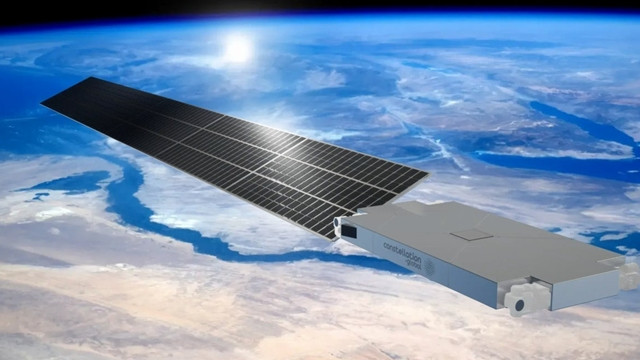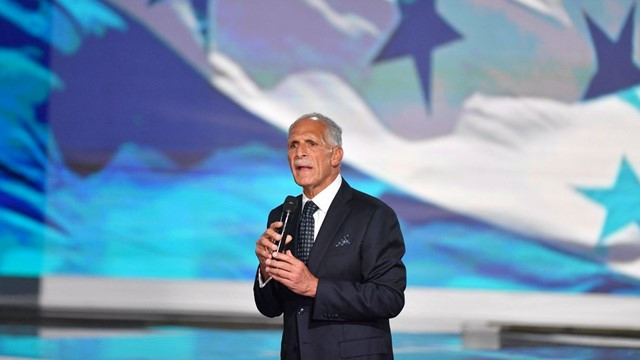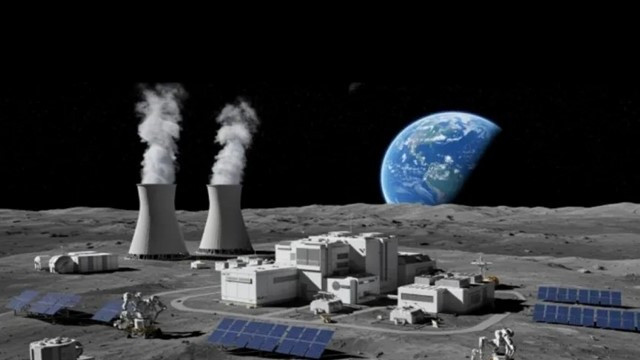১২ পৌষ ১৪৩২
Starlink Signs $17B Deal for Satellite-to-Phone Internet
09 September 2025 17:09 PM
NEWS DESK
SpaceX just made its biggest bet yet on turning Starlink into more than a rural internet provider. As Reuters reports, the company announced Monday it will spend roughly $17 billion to acquire wireless spectrum licenses from EchoStar — an investment aimed squarely at expanding Starlink’s direct-to-cell satellite service.
Mobile phone users could see a relatively simple upside: no more dead zones. Unlike older satellite phones that required chunky hardware and expensive plans, Starlink’s Direct to Cell satellites connect to regular smartphones using standard LTE bands. If you’re hiking in the mountains, driving through rural farmland, or just living in a coverage dead spot, your existing phone will still work. It started with low-overhead text messaging, and will eventually include calls and data.
The purchase secures EchoStar’s AWS-4 and H-block spectrum, giving SpaceX the exclusive rights it needs to scale. Gwynne Shotwell, SpaceX COO, said the deal will enable a “step change in performance” with upgraded satellites that can handle “100 times” more capacity than current designs.
Starlink has already put about 600 of these satellites into orbit this year, which it calls “cell towers in space.” The big leap forward, however, depends on Starship, SpaceX’s massive next-gen rocket, which is expected to launch its first operational direct-to-cell missions in 2025.
Subscribers to Boost Mobile, which still falls under the EchoStar umbrella, will be among the first to tap into the service thanks to the deal. That puts the popular, affordable carrier alongside T-Mobile, which struck a texting-focused partnership with SpaceX in 2023. For everyone else, it’s a waiting game to see which carriers decide to play ball, or if SpaceX decides to compete directly.
The timing lines up with rapidly expanding mobile data usage. Americans chewed through 132 trillion megabytes in 2024, up 35% compared to 2023, according to industry group CTIA. With demand like that, Starlink’s push could reshape coverage expectations, especially in rural and underserved areas where carriers have dragged their feet.
Starlink might not be trying to completely replace your carrier just yet, but it’s aiming to make your phone useful everywhere — even where towers can’t reach.



















Comments Here: